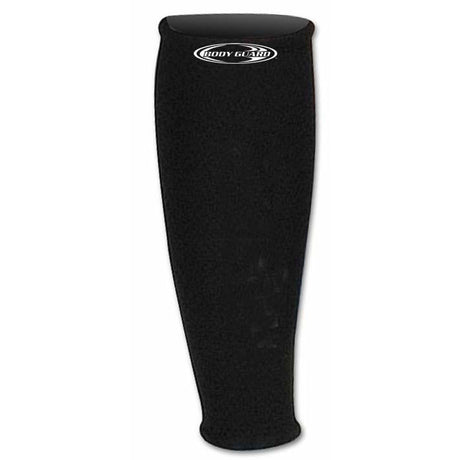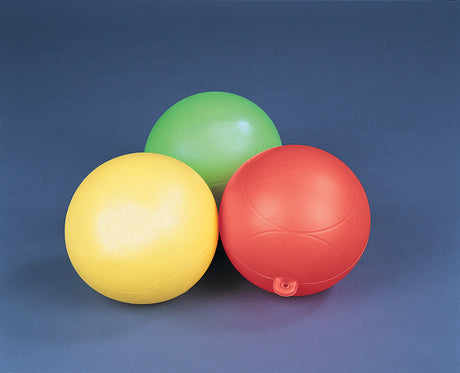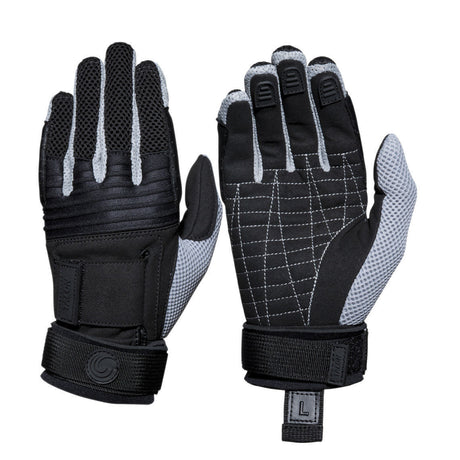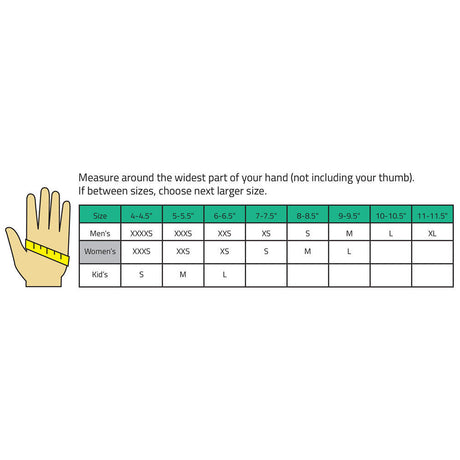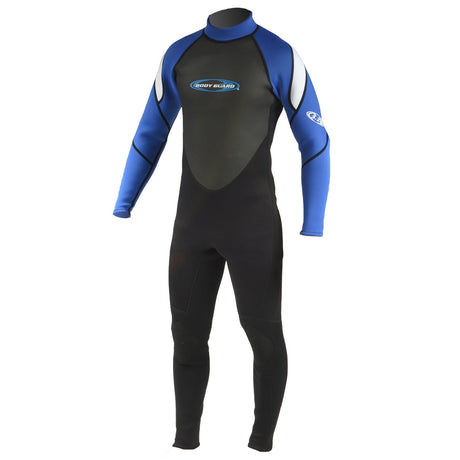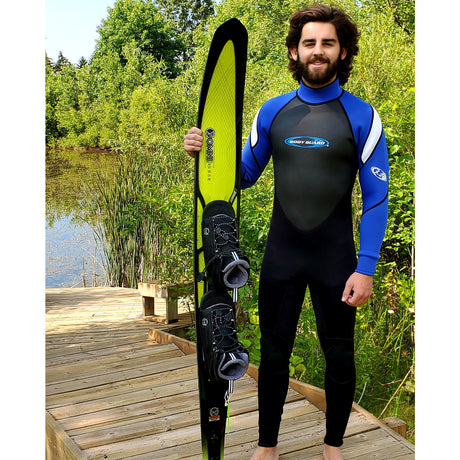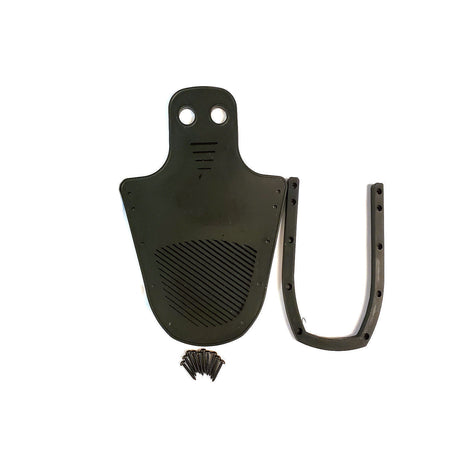Wakeboarding and wakesurfing both involve riding the wake created by a boat with a board. But they also have distinct differences. Let's compare.
Wakeboards vs Wakesurf Boards
Wakeboards and wakesurf boards may look alike at a glance, but they are quite different. Wakeboards have bindings, also called boots, that attach to the board, anchoring the rider.
Wakesurf boards are more like an actual surfboard: The rider stands atop the board freely, with bare feet. There are no boots nor bindings.
Wakesurf boards are also shaped differently than Wakeboards.

Pictured left is a typical wakeboard (Liquid Force Bullox). Pictured right is a wakesurf board (Ronix Koal Classic Fish). Wakebuards have rectangular profiles, and their shape requires the rider to largely rely on the rear foot for control and direction.
Wakesurf boards look, well, like a surfboard: They're rounded, with pointed tips and tails. Most wakesurf boards also have fins, like a surfboard, to promote better control and carving capability in the absence of a tow rope.
Tow Rope Use
Wakeboarding
In wakeboarding, riders are pulled by a boat using a tow rope. The tow rope is typically shorter and designed for quick turns and jumps. Riders hold onto the tow rope handle, which is crucial for balance and control. Tricks and jumps in wakeboarding often require tension on the rope for added stability.
Wakesurfing
Wakesurfing, on the other hand, involves riding the boat's wake without a tow rope. The rider starts by holding onto a rope attached to the boat, but they let go once they've found the sweet spot in the wake. Unlike wakeboarding, the rider uses the boat's wake to generate speed and propulsion.
Boat Speed
Wakeboarding
Wakeboarding typically requires higher boat speeds, usually between 18-24 mph, to create a larger wake for jumps and tricks. Faster speeds provide more lift for wakeboarders, allowing them to perform aerial maneuvers.
Wakesurfing
Wakesurfing is done at much slower boat speeds, typically ranging from 9-14 mph. The slower speed is necessary for maintaining a manageable wake that the rider can comfortably surf on without the tow rope.
Level of Difficulty
Wakeboarding
Wakeboarding is generally considered more challenging for beginners due to the need for balance, control, and mastering tricks. Learning to get up on the wakeboard and maintain balance can be initially difficult. Progressing to advanced tricks and jumps takes time and practice.
Wakesurfing
Wakesurfing is often easier for beginners, as it does not require holding onto a tow rope. Riders can start by sitting on the board and gradually work their way to a standing position. Once standing, it's easier to maintain balance since riders can use the boat's wake for support.
Reasons to Try Both
Wakeboarding
Try wakeboarding if you enjoy adrenaline-pumping activities and want to perform aerial tricks. Wakeboarding allows for creative expression through various tricks and maneuvers. It offers a unique challenge that can be highly rewarding as skills progress.
Read our guide to wakeboard sizes, profiles, and shapes for your first ride.
Wakesurfing
Consider wakesurfing for a more relaxed and laid-back water experience. It's ideal for those who enjoy the feeling of riding a wave and want a taste of surfing without needing ocean waves. Wakesurfing is perfect for socializing, as riders can chat with friends on the boat between runs.
Check out our wakesurf board collection! We've got the latest boards from top makers, like Slingshot Sports, Ronix, O'Brien, Connelly, and more.



